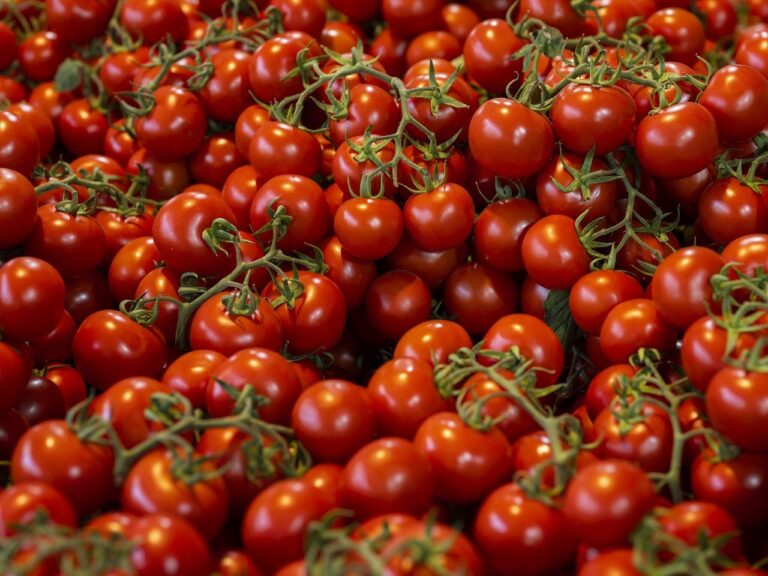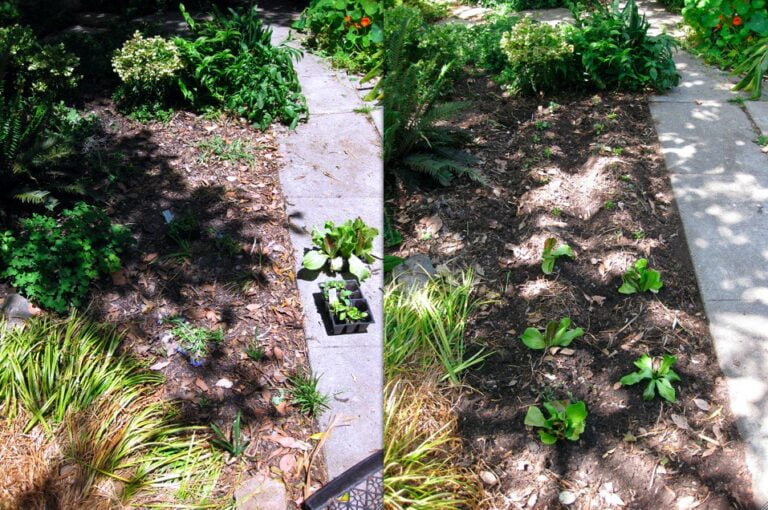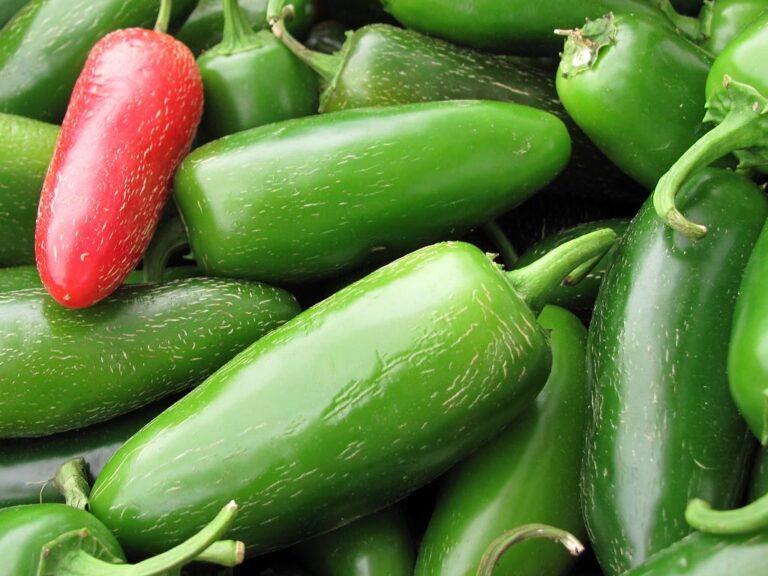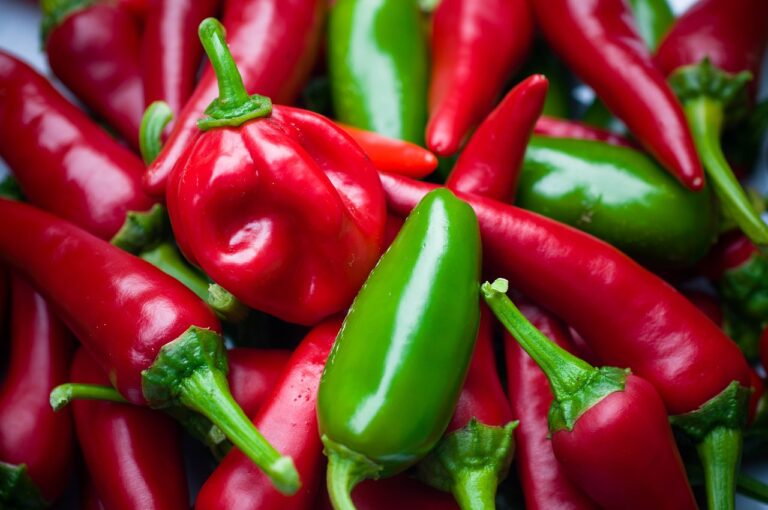Understanding the Romaine Lettuce Harvest Process
I guarantee high quality from planting to shipment in the romaine lettuce harvest process. Baby romaine lettuce is planted ideally, with close spacing for effective growth and nutrient-rich soil. Harvesting is timed precisely at 65-70 days for peak maturity. It involves clean cutting for regrowth potential and meticulous sorting before packaging. Sanitization is thorough, involving washing and tool sanitation. Cooling after packaging is essential for freshness and shelf life. Specialized equipment and careful handling ensure efficient shipment. Each step is critical for delivering the freshest romaine lettuce heads. Learn about the full precise process to guarantee excellent quality and freshness.
Planting Baby Romaine Lettuce
When planting baby romaine lettuce, we intentionally space the seedlings closer together in the field to promote the development of smaller heads. This planting process optimizes the growth conditions for the baby romaine heads, guaranteeing they remain compact and tender. By planting them closer together, the competition for nutrients and space encourages the lettuces to focus their energy on forming smaller, more flavorful heads rather than larger, more mature ones.
The planting process for baby romaine lettuce involves carefully preparing the soil to make sure it is rich in nutrients and well-draining. Once the seedlings are transplanted into the field, they are regularly monitored to ensure they are receiving adequate water and sunlight. This meticulous care during the planting phase is vital for the development of high-quality baby romaine heads.
Harvesting baby romaine lettuce is a delicate process that demands precision and timing. Since the heads are meant to be smaller in size, harvesting occurs earlier than with standard romaine varieties to prevent them from growing too large. Workers utilize sharp knives to cut the baby romaine heads from the plants carefully. This method ensures a clean cut that promotes regrowth for potential future harvests.
Harvesting Techniques for Romaine
When harvesting romaine, timing is critical for best maturity, usually around 65-70 days after planting seeds. Using sharp gardening shears, I cut the romaine head above the base to guarantee a clean harvest. Pulling the romaine head out of the ground allows for a single harvest, enabling the roots to produce additional leaves.
Cutting Romaine Heads
Using sharp gardening shears, harvest mature romaine heads by cutting them off above the base to facilitate re-sprouting leaves for potential second harvests. When the romaine heads are fully mature and ready to harvest, guarantee a clean cut above the base to encourage regrowth. This method allows for a second harvest opportunity as the roots can produce additional leaves after the initial cutting. By cutting the romaine head once above the base, the plant can redirect energy into growing new leaves. This technique maximizes the potential yield from a single plant, making it a sustainable practice for continuous harvesting. Remember to handle the lettuce heads carefully to maintain their quality and ensure a successful second harvest.
Sorting and Washing
During the sorting process for romaine heads, they are first meticulously sorted by size and quality before undergoing a thorough washing procedure.
- Each romaine head is carefully inspected to guarantee uniformity and quality.
- Washing involves spraying romaine heads with sanitized water to eliminate dirt and contaminants.
- Proper washing is essential for maintaining the freshness and quality of the harvested romaine lettuce.
Sorting and washing are essential steps in the romaine lettuce harvest process to guarantee that only the best quality produce reaches consumers. By meticulously sorting and washing each head of romaine lettuce, we make sure that it is clean, free of contaminants, and ready for packaging and transport.
Packaging for Transport
Inspecting the quality of each romaine head is a meticulous process that guarantees only the best produce is selected for packaging and transport. Once they’re ready to be harvested, boxes are formed on the harvesting rig and lined with plastic bags to pack the romaine heads. Packers carefully spritz each head with sanitized water before placing them into the lined boxes. These boxes are then transported on a conveyor line to an adjacent trailer for shipping. The trailer moves the boxes to a cooler where the romaine lettuce undergoes product cooling for freshness preservation. After cooling, the romaine lettuce is labeled, palletized, and prepared for shipment to ensure top-notch quality during transportation.
Packing Romaine Lettuce Heads
When packing romaine lettuce heads, the importance of the packaging is vital to guarantee freshness and prevent damage during transportation. Efficient packing processes are implemented to optimize productivity and meet demand. Safety measures such as spritzing with sanitized water contribute to maintaining a high standard of hygiene throughout the packing process.
Quality of Packaging
Boxes formed on the harvesting rig are meticulously lined with bags to guarantee the optimal packaging of romaine heads for further processing.
- Bags are sterilized to maintain the freshness and quality of the romaine lettuce heads.
- Each romaine head is examined for uniformity and firmness before being packed into the lined boxes.
- The packaging process safeguards that the romaine heads are shielded from damage during transportation.
This meticulous attention to packaging detail is essential to preserve the integrity of the romaine lettuce heads and deliver a top-notch product to consumers.
Efficient Packing Process
Misting romaine heads with sanitized water before packing into lined boxes on the harvesting rig guarantees maximum freshness and quality during the efficient packing process. Packing innovations like this make certain that each head is carefully handled to maintain its pristine condition. Once packed, the boxes are swiftly transported on a conveyor line to an adjacent trailer for further processing. Storage solutions include rapid cooling in a cooler to preserve the lettuce’s crispness. Finally, the boxes are closed, labeled, and palletized for shipment, optimizing shipping logistics. This streamlined process minimizes delays, guaranteeing that the romaine lettuce reaches its destination promptly while maintaining its quality. The efficiency of the packing process is paramount in meeting the demands of the market for fresh produce.
Safety Measures Implemented
Implementing strict sanitation protocols guarantees the safety of packing romaine lettuce heads for distribution.
- Implementing Precautions: Before handling the romaine lettuce heads, all staff members are required to wear gloves and hairnets to prevent any contamination.
- Sanitation Procedures: All equipment used in the packing process is regularly sanitized to avoid the spread of bacteria or other harmful pathogens.
- Quality Control: Regular quality checks are conducted throughout the packing process to make certain that only fresh and healthy romaine lettuce heads are packed for shipment.
Sanitizing Romaine Lettuce
To effectively sanitize romaine lettuce, thorough washing with warm water is essential to remove dirt, bacteria, and potential contaminants. Proper handling of the lettuce during this process is critical to prevent cross-contamination. Before and after harvesting romaine lettuce, it is crucial to sanitize cutting tools to avoid introducing harmful bacteria to the produce.
Contaminant removal is a key goal of sanitizing romaine lettuce. As insecticides may have been used during cultivation, rinsing the leaves carefully is important to eliminate any residue that could pose health risks. Safety precautions should always be taken when dealing with potentially contaminated produce to guarantee consumer well-being.
Implementing proper sanitation practices not only aids in removing impurities but also guarantees the safety and freshness of the harvested romaine lettuce. By following strict sanitization procedures, the risk of foodborne illnesses can be greatly reduced. Maintaining a clean environment during the sanitization process is vital to uphold the quality and integrity of the romaine lettuce being prepared for consumption.
Cooling Process for Freshness
When ensuring the safety and quality of romaine lettuce post-harvest, the next critical step involves subjecting the lettuce to a controlled cooling process to maintain its freshness. The cooling process is an essential stage in the post-harvest handling of romaine lettuce, ensuring that the produce remains fresh and of high quality until it reaches the consumer.
- Temperature Control: The cooling process in the cooler is meticulously monitored to maintain the romaine lettuce at the optimal temperature. This temperature control is crucial in preventing premature wilting or decay of the lettuce heads.
- Freshness Preservation: By promptly cooling the romaine lettuce post-harvest, the freshness and crispness of the produce are preserved. This preservation of freshness is vital in ensuring that consumers receive romaine lettuce of the highest quality.
- Cooling Efficacy: The effectiveness of the cooling process directly impacts the shelf life of romaine lettuce. A well-executed cooling process enhances the storage capabilities of the lettuce, extending its freshness and maintaining its visual appeal.
Optimizing Harvest Efficiency
In enhancing romaine lettuce harvest efficiency, strategic utilization of specialized equipment and streamlined processes is paramount. Improving ergonomics in the harvesting rig design can reduce worker fatigue and increase overall productivity. By enhancing technology, such as implementing automated cutting mechanisms, the harvesting process can be optimized for speed and precision. Maximizing productivity can be achieved by employing conveyor lines to efficiently transport harvested romaine heads to the packing area, where packers guarantee proper packing into boxes for shipment. The cooler plays a vital role in maintaining the freshness of the romaine lettuce by promptly cooling the produce after harvesting, extending its shelf life and preserving quality.
Integrating ergonomic design features into equipment and processes not only improves the working conditions for harvesters but also enhances overall efficiency. By utilizing advanced technologies like automated sorting systems, the speed and accuracy of the harvesting process can be significantly increased, ultimately maximizing productivity. Efficient utilization of specialized equipment and optimized processes is key to ensuring that the romaine lettuce harvest is conducted in a timely manner while upholding the freshness and quality standards required for shipment.
Ensuring Timely Shipment
Maximizing efficiency in the romaine lettuce harvest process guarantees timely shipment of the produce while upholding its freshness and quality standards.
- Shipping logistics: After the romaine lettuce is harvested, it is quickly transferred into boxes and promptly sent to an adjacent trailer for cooling and further shipment. This swift transfer guarantees that the produce remains fresh and ready for transportation.
- Temperature control: The trailer plays a vital role in maintaining the freshness and quality of the romaine lettuce during shipment. It transports the harvested produce to a cooler where the temperature is carefully regulated to preserve the lettuce’s crispness and nutritional value. This meticulous temperature control is essential in ensuring that the romaine lettuce reaches its destination in excellent condition.
- Transportation efficiency: Once the romaine lettuce is adequately cooled, the boxes are sealed, labeled, and palletized for efficient handling during transportation. This systematic approach streamlines the shipping process, allowing for quick and organized loading onto trucks or other means of transport. The entire journey from harvest to shipment is meticulously planned to guarantee that the romaine lettuce reaches its destination promptly while maintaining its freshness and quality.






